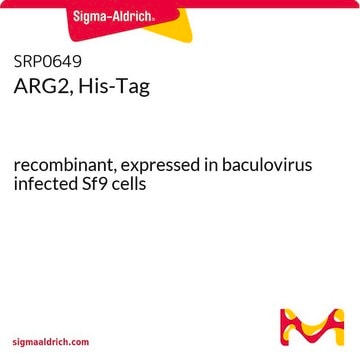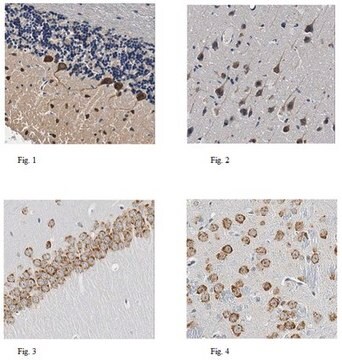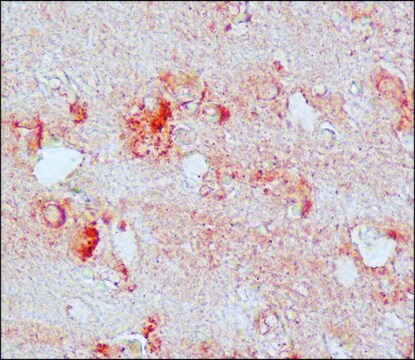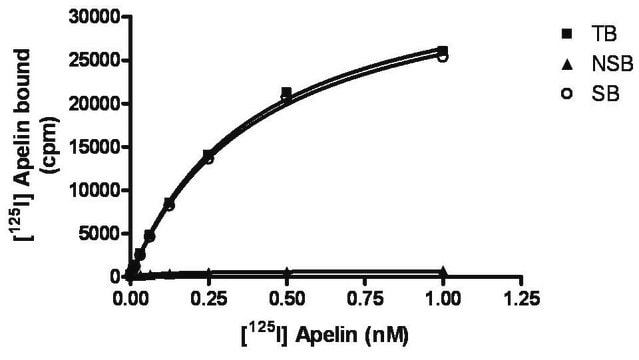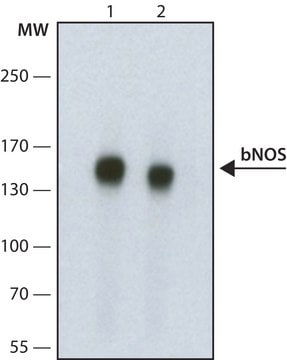FCMAB282F
Milli-Mark® Anti-Integrin αVβ3 Antibody, clone LM609-FITC
clone LM609, Milli-Mark®, from mouse
Synonym(s):
Vitronectin Receptor, CD51/CD61, integrin alphaVbeta3, alphaVbeta3
About This Item
Recommended Products
biological source
mouse
Quality Level
conjugate
FITC conjugate
antibody form
purified immunoglobulin
antibody product type
primary antibodies
clone
LM609, monoclonal
species reactivity
human
manufacturer/tradename
Milli-Mark®
technique(s)
flow cytometry: suitable
isotype
IgG1
NCBI accession no.
UniProt accession no.
shipped in
wet ice
target post-translational modification
unmodified
Gene Information
human ... ITGAV(3685)
General description
Specificity
Immunogen
Application
Cell Structure
Integrins
Quality
Physical form
Storage and Stability
Antibody dilution for cellular staining:
• Prepare an antibody working solution by diluting the primary antibody 1:5 with PBS
• Dispense the volume per test of working of solution according to the number of cells indicated in the table below.
• 5 µL for Guava Flow Cytometer
• 10 µL for other Flow Cytometry instruments
Analysis Note
U937 cells
Legal Information
Disclaimer
Not finding the right product?
Try our Product Selector Tool.
Storage Class
10 - Combustible liquids
wgk_germany
WGK 2
flash_point_f
Not applicable
flash_point_c
Not applicable
Certificates of Analysis (COA)
Search for Certificates of Analysis (COA) by entering the products Lot/Batch Number. Lot and Batch Numbers can be found on a product’s label following the words ‘Lot’ or ‘Batch’.
Already Own This Product?
Find documentation for the products that you have recently purchased in the Document Library.
Our team of scientists has experience in all areas of research including Life Science, Material Science, Chemical Synthesis, Chromatography, Analytical and many others.
Contact Technical Service

